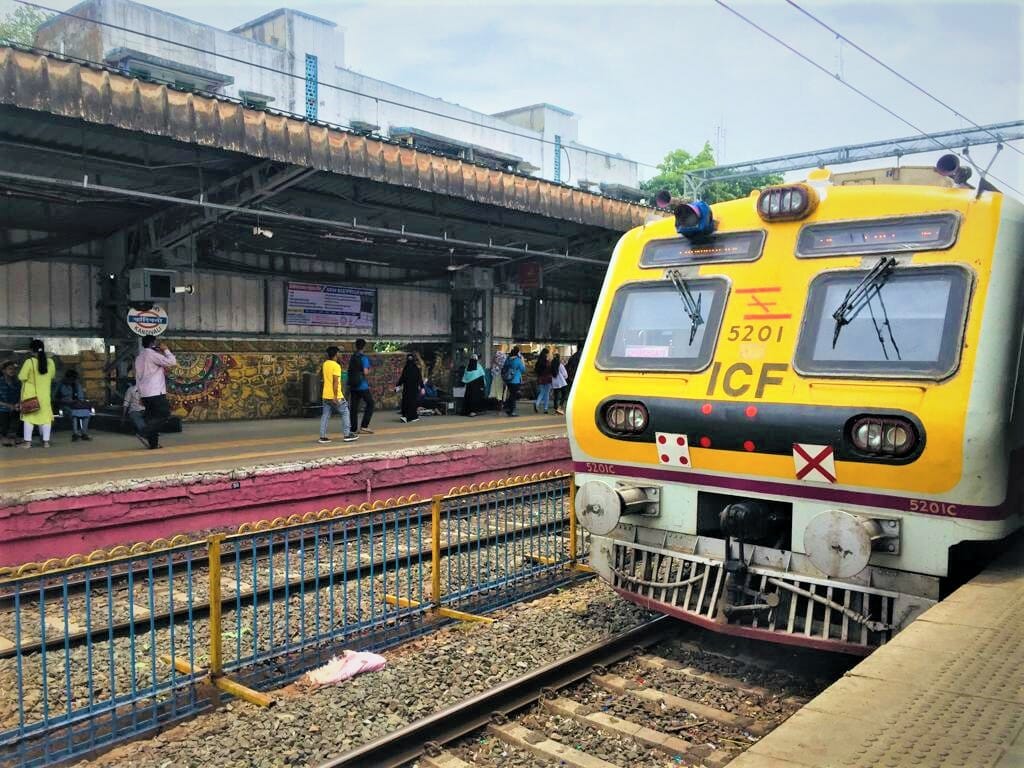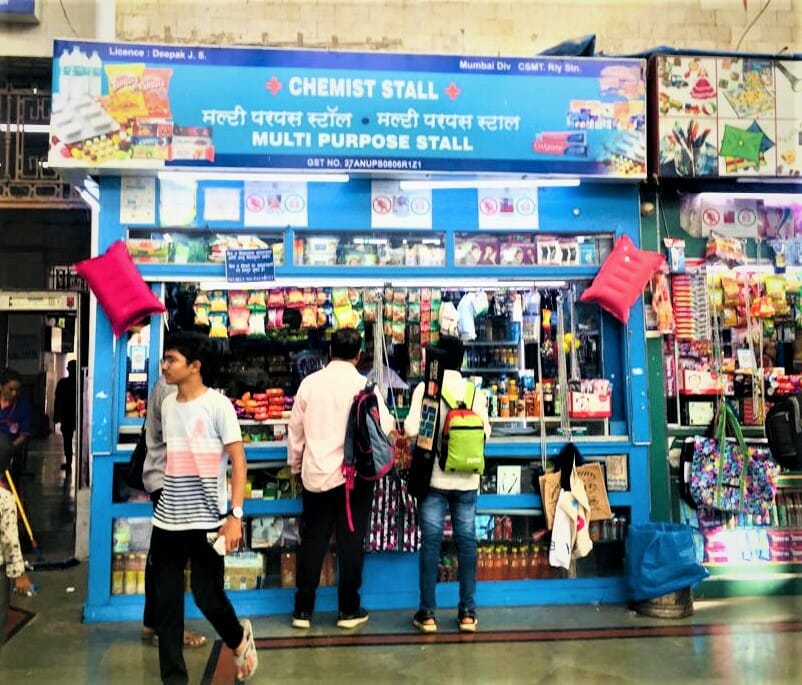“When travelling by the local train, sometimes we hear loud and long train horns followed by an announcement stating – on duty stretcher personnel please report to the station master’s office – this indicates that something unpleasant has happened and the injured will be attended by the concerned trained railway staff,” says Vidya K, a regular commuter of the Mumbai local trains.
The bustling railway platforms of the Mumbai suburban railway system bear witness to numerous incidents of medical emergencies. With a vast number of commuters using the local train network, some or the other health crises are common on railway stations and inside the train compartments too.
The railway authorities manage the suburban railways – central, harbour and western – with more than 72 lakh commuters on a daily basis. However, they struggle with inadequate emergency medical facilities even as they try to provide urgent attention to patients every day.
Worrying numbers of railway accidents
Accidents while crossing railway tracks is the greatest cause of concern for authorities. According to the data released by the Government Railway Police (GRP) a total of 2,507 people died and 2,155 were injured on the Mumbai suburban railway in 2022.
The railway authorities have taken measures such as constructing foot overbridges, installing warning signs, and conducting regular surveillance. However, if a medical emergency arises – and that happens often – the general public is not aware of the point of contact and how to proceed to ensure that the patient gets medical attention at the earliest.
A railway medical staffer, who did not wish to be named, said that apart from accident injuries, they get patients with other illnesses, from fever to even cardiac arrests, on the railway premises. More than 15-20 such cases are treated at each of the main railway stations everyday.
“I have no idea about any medical emergency facility at the railway stations. In case of an emergency I would usually inform a co-passenger or the on-duty GRP staff,” says Reshma Gaikwad, a commuter.

Medical facilities at stations
In 2009, the Bombay High Court ordered that emergency medical rooms (EMR) at stations stay open 24×7. “Ideally, according to the footfall at each railway station across Mumbai, the High Court order should be followed. However, there are EMRs at some railway stations but not at all of them. This is a lacuna, which needs to be fixed urgently,” said a railway official on condition of anonymity.
Recognising the critical need for medical facilities along the Mumbai suburban railway network, the railway authorities have established medical emergency rooms through contractual agreements. These medical clinics, popularly called “one rupee clinics”, handle medical emergencies (providing immediate care and then transferring a patient to a hospital). However, many of them were shut down after the railways claimed that service providers had failed to meet the standards laid down for them. Currently, only a few medical clinics operate to cater to basic medical needs of commuters.
According to Dr. Shivraj Manaspure, chief public relations officer (CPRO) of Central Railway, provisions have been made to ensure basic assistance for patients or accident victims on railway platforms. “Facilities such as first aid kits, wheelchairs, and stretchers are available to provide immediate support. In case of emergencies, there is an on-call doctor stationed at major railway stations. The on-ground personnel, including the GRP, Railway Protection Force (RPF), and railway staff, serve as the first point of contact for passengers seeking assistance with health issues.” These measures aim to address medical emergencies promptly and ensure the well-being of passengers within the Central Railway network, he said.

Read more: Facing a medical emergency in Chennai railway stations? Here is what you should know
Access to hospitals near stations
Availability of medical facilities near railway stations is very different in South Mumbai and the northern suburbs. In South Mumbai, several government hospitals are near the railway stations such as CSMT, Churchgate, Byculla, Parel, Mumbai Central, allowing quick access to medical care during emergencies.
“During a medical emergency at Chhatrapati Shivaji Maharaj Terminus (CSMT), the passengers can be easily rushed to St. George Hospital, which is right next to the station. The proximity to the railway platform is beneficial as it has better medical facilities than what is available at the station,” said a medical staffer at CSMT.
However, in northern suburbs, the distance between hospitals and railway stations increases, creating a potential gap in immediate medical assistance. This disparity stresses upon the importance of establishing emergency medical facilities in the suburbs.
Anshul Gupta, is a resident of Ghatkopar, who has been traveling by local train for the past nine years. He says that the railway authorities should strategically locate medical clinics or emergency rooms at those stations, which do not have a hospital nearby. “This can help in bridging the gap and ensuring that passengers in the northern areas have timely access to medical aid during emergencies. Closing this disparity will contribute significantly to the overall safety and well-being of commuters throughout the entire suburban railway network,” he says.

Need for better awareness
When Citizen Matters spoke to people at CSMT, Churchgate, Dadar, Parel and Ghatkopar, both passengers and a few railway staffers too, were unaware of the medical facilities available at railway platforms.
Increasing awareness about the existence (if any) and location of these clinics is crucial to ensure that people can access them swiftly during emergencies. Implementing robust awareness campaigns through various channels, such as announcements, sign boards on platforms, and digital displays, can effectively spread the information to a wider audience, say passengers.
Additionally, passengers also spoke about displaying emergency helpline numbers at railway platforms prominently so that they know how to seek immediate assistance.
According to Mumbai Grahak Panchayat (MGP) chairman Shirish Deshpande, in case of railway accidents or other medical emergencies, it is the fundamental responsibility of the railway department to have essential equipment like wheelchairs, stretchers, and ambulances readily available. These precautions and arrangements are the minimum requirements expected from the railway authorities to ensure the safety and well-being of their passengers.
“If such basic measures are not in place and it results in unfortunate consequences, passengers have every right to invoke their entitlement to safety in public transport and hold the railway accountable for negligence. It is crucial for the railway department to prioritise the establishment of proper emergency response systems with necessary equipment to promptly handle medical emergencies and ensure the welfare of passengers,” he explained.
Being one of the largest and busiest railway networks of the country, it is imperative that the railway authorities increase the number of EMRs at railway platforms. Collaborative efforts between the railway authorities, GRP, and community organisations can help raise awareness about the existing medical facilities, so that passengers and staff are able to access timely medical support during emergencies.
| Emergency Helpline number while commuting via local trains GRP – 1512 RPF – 182 |